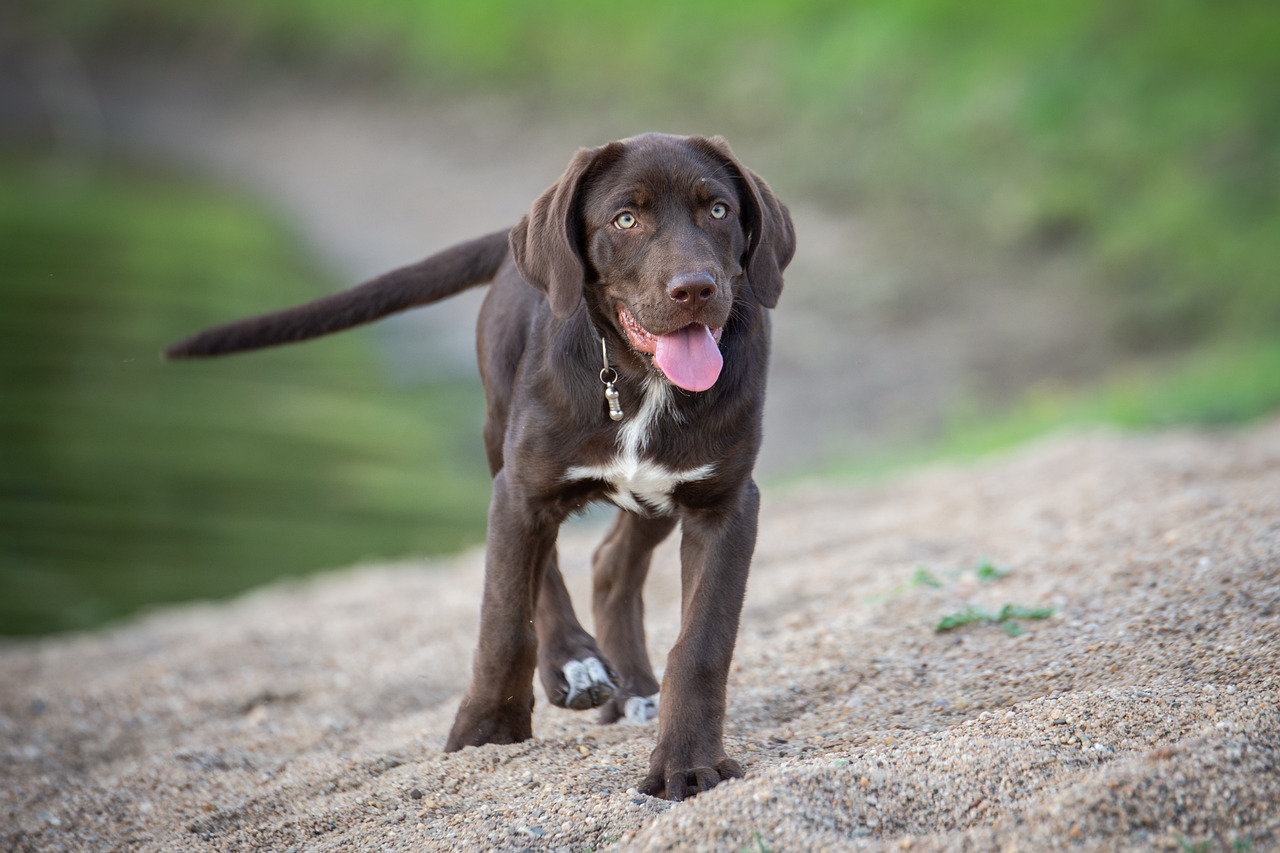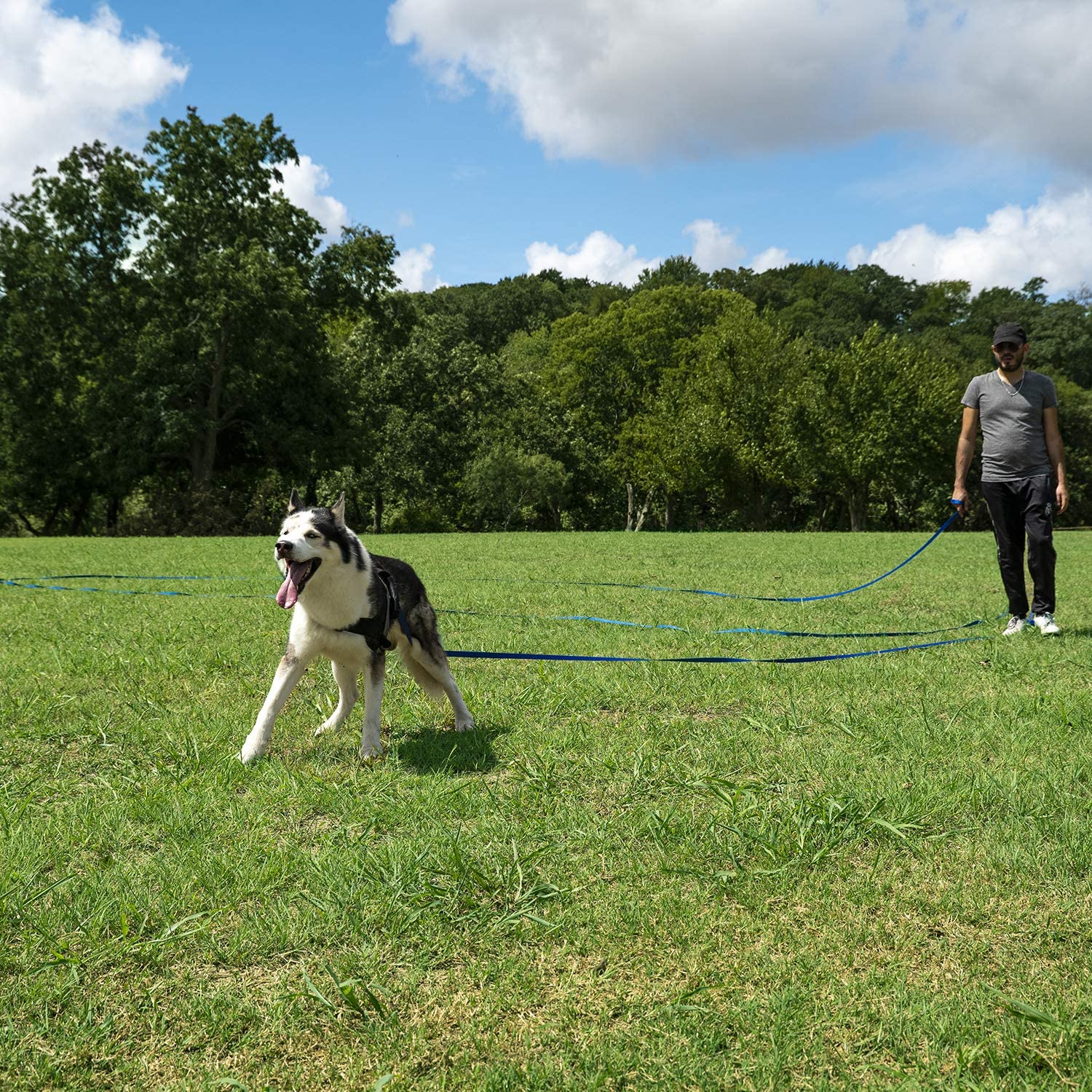
Training your Labrador Retriever to come when called is an essential skill that can keep your furry friend safe and happy. Not only will it prevent them from getting into dangerous situations, but it can also strengthen your bond with your pet. While it may seem like a daunting task, with the right approach and consistency, you can train your lab to come to you on command.
In this article, we will explore some effective methods and tips for teaching your Labrador to come when called, so you can enjoy a strong and trusting relationship with your beloved pet.
Note: For a complete training, we highly recommend this SpiritDog Online Training Course “Coming When Called”.
1. Start with a Strong Foundation
Before you begin training your lab to come when called, it’s crucial to establish a strong bond with your pet. Spend time playing with your dog, engaging in activities they enjoy, and providing positive reinforcement through praise and treats. Building trust and a strong connection with your lab will make them more likely to respond positively to your commands.
2. Choose a Distinct Command Word
Select a specific word or phrase for the recall command, such as “come” or “here.” Ensure that the command is distinct from other commands you use and that all family members use the same word consistently. Consistency is critical to avoid confusing your lab and ensuring that they understand what you expect from them.
3. Begin Training Your Lab in a Controlled Environment
Start training your lab to come when called in a controlled, distraction-free environment like your home or a fenced yard. In the early stages of training, it’s essential to minimize distractions to help your dog focus on learning the new command. As your dog becomes more reliable in responding to the recall command, gradually introduce distractions and practice in various environments.
4. Use Positive Reinforcement with Your Lab
When training your lab to come when called, always use positive reinforcement techniques. Reward your pup with praise, treats, or playtime when they respond to your recall command. This will help create a positive association with the command and motivate your dog to respond consistently. Remember to be patient and consistent in your training, as it may take time for your dog to master the recall command.
If you’re using treats, these are currently the most popular training treats on Amazon.
5. Gradually Increase Distance and Distractions
As your lab becomes more reliable in responding to the recall command in a controlled environment, begin to increase the distance between you and your dog during training sessions. Practice calling your dog from various distances and gradually introduce distractions, such as other dogs, people, or toys. This will help your dog learn to respond to the command even in challenging situations.
Related: Looking for the fastest way to train your lab to come when called? Try this video course.
6. Make Yourself Interesting and Rewarding to Your Lab
To encourage your lab to come when called, make yourself more appealing and rewarding to your dog. Use an enthusiastic, high-pitched voice when calling your dog, and reward them with a treat or praise when they respond. You can also try running away from your dog when calling them, as this can entice your dog to chase after you and respond to the recall command.
7. Never Punish Your Lab for Coming When Called
It’s essential to avoid punishing your lab if they do not immediately respond to the recall command or if they come to you slowly. Punishing your dog can create a negative association with the command and make them less likely to respond in the future. Instead, be patient and continue to practice and reinforce the command using positive reinforcement techniques.
8. Practice the Recall Command Regularly with Your Lab
Consistent practice is crucial for training your lab to come when called. Incorporate recall training into your dog’s daily routine, and practice the command in various environments and situations. This will help reinforce the behavior and make it more reliable over time.
9. Use a Long Training Leash on Your Lab
When transitioning from a controlled environment to a more open space, consider using a long training leash to maintain control over your lab while they learn to respond to the recall command. This will help you avoid losing control of your dog and provide a safety measure as you gradually increase the distance and distractions during training sessions.
This is the most popular long training leash on Amazon.
10. Be Patient and Persistent with Your Lab
Training your lab to come when called takes time, patience, and persistence. Some dogs may learn the command quickly, while others may require more time and consistent practice. Be patient with your dog and maintain a positive attitude during training sessions. Remember that every dog is unique, and the key to success is consistent practice and positive reinforcement.
11. Use a Professional Online Lab Training Course
While this article provides many helpful tips for training your lab, you can increase your chances of success by enlisting the help of a professional online dog trainer. We love the SpiritDog online courses, since its includes unlimited questions with a real dog trainer.
You can check out their Teach Your Lab to Come Online Course Here
Training your labrador retriever to come when called requires patience, consistency, and positive reinforcement. By using effective training methods and establishing a strong bond with your pet, you can teach them to respond to your commands and keep them safe in potentially dangerous situations. Remember to always reward your lab for their good behavior and avoid punishment or negative reinforcement. With time and effort, you can train your lab to come to you on command, strengthening your bond with your furry friend and enjoying the benefits of a well-trained and obedient pet.
More Frequently Asked Questions For Training Your Lab
1. How often should I train my lab?
The frequency of training for your lab will depend on the type of training and the age and breed of your dog. In general, basic obedience training can be done on a daily basis for short periods of time. More complex training, such as agility or scent work, may require less frequent sessions but for longer durations.
Puppies require more frequent training sessions, as they have shorter attention spans and are still learning basic behaviors. It is recommended to train your puppy for 10-15 minutes, 3-4 times a day. As your puppy grows older and can focus for longer periods of time, you can increase the duration and decrease the frequency of training.
Adult dogs should be trained at least once a day, for 10-20 minutes, depending on their energy level and attention span. It is important to keep training sessions short and focused, as dogs can become easily distracted or bored.
It is also important to note that training should be a continuous process throughout your dog’s life. Reinforcing learned behaviors and introducing new challenges will keep your dog mentally stimulated and engaged.
2. What are some effective training methods for my lab?
There are various training methods that can be effective for training your lab. Positive reinforcement is a popular method that involves rewarding your dog for good behavior. This can include treats, verbal praise, or a favorite toy. It is important to reward your dog immediately after the desired behavior is performed, to reinforce the connection between the behavior and the reward.
Another effective training method is clicker training. This method uses a clicker to mark desired behavior, followed by a reward. The clicker serves as a clear and consistent marker, allowing your dog to understand which behaviors are being rewarded.
Consistency is also key in effective training. It is important to use the same commands and rewards consistently, and to train in a consistent environment. This will help your dog to understand what is expected of them and to learn more quickly.
Lastly, it is important to remain patient and to avoid punishment-based training methods. Punishing your dog for undesirable behavior can lead to fear and anxiety, and can also damage the bond between you and your dog.
3. How do I socialize my lab with other dogs?
Socialization is an important aspect of your dog’s development and can prevent future behavior problems. To socialize your lab with other dogs, it is important to start at a young age, between 3 and 14 weeks of age. This is the critical period for socialization, and it is important to expose your puppy to a variety of people, dogs, and environments during this time.
Socialization can be done through supervised playdates with other puppies, attending puppy classes, and going for walks in areas with other dogs. It is important to monitor your puppy’s behavior during socialization and to intervene if necessary. If your puppy becomes too aggressive or fearful, it is best to remove them from the situation and try again at a later time.
As your dog grows older, it is important to continue socialization by exposing them to a variety of dogs and environments. This can include dog parks, obedience classes, and walks in new areas. It is important to supervise your dog during socialization and to intervene if necessary to prevent any negative behavior.
It is also important to remember that not all dogs will get along, and it is important to respect your dog’s individual personality and comfort level. If your dog is uncomfortable around other dogs, it is important to work with a professional trainer to address any behavior issues.
4. What’s the best online course for teaching a lab to come when called?
At iHeartDogs, we recommend the SpiritDog online course “Coming When Called.” The course includes unlimited questions with a real dog trainer.
iHeartDogs is reader supported. Our articles contain affiliate links where we are paid a small commission for linking to a product at no additional cost to the reader.



 Toledo, United States.
Toledo, United States.